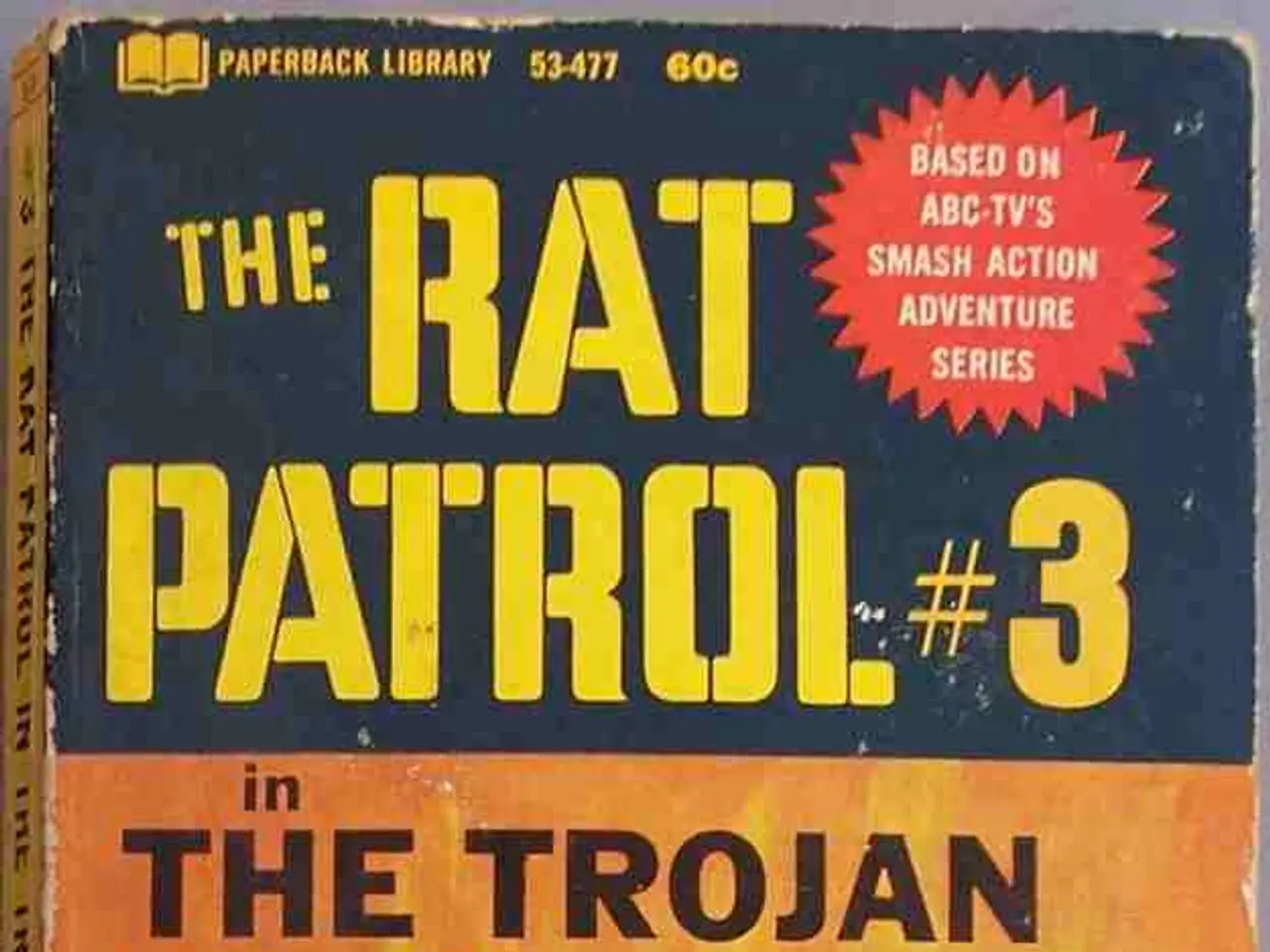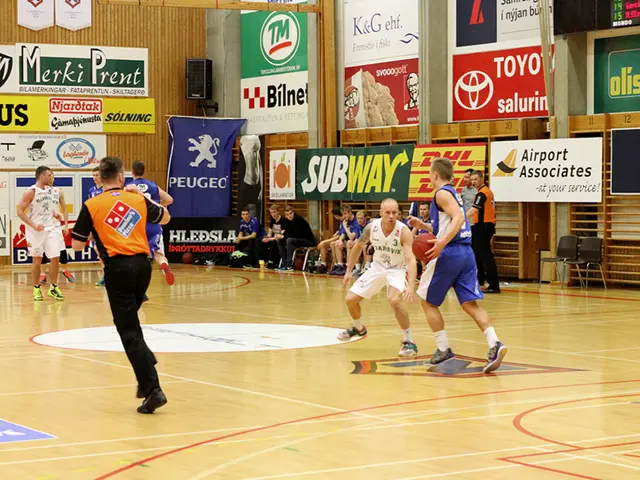Conflict Rebirth in Full Swing
In the decade following President Obama's 2009 speech in Prague advocating for a world without nuclear weapons, the nuclear arms race has seen significant evolution, marked by progress and setbacks.
Nuclear Disarmament Efforts and Modernization
President Obama's speech echoed the nuclear Non-Proliferation Treaty (NPT) obligations for nuclear-armed states to reduce their arsenals and work towards disarmament. However, contrary to these goals, many nuclear-armed states have continued to modernize and expand their arsenals. Notably, the United States, China, and Russia have increased their spending significantly, with the U.S. being the largest spender [1].
In 2017, more than 120 countries signed the Treaty on the Prohibition of Nuclear Weapons (TPNW), also known as the Nuclear Ban Treaty, which aims to prohibit the use, possession, and development of nuclear weapons. However, none of the nuclear-armed states have joined this treaty [1].
Current Threats and Concerns
The global spending on nuclear weapons has increased significantly, with the nine nuclear-armed states spending $91.4 billion in 2023 alone. This trend is seen as a threat to global security rather than a guarantor [1].
North Korea continues to enhance its nuclear capabilities, posing a significant threat to regional and global stability. The ongoing conflict in Ukraine has heightened nuclear risks, bringing the world closer to nuclear war than at any time since the Cold War. Tensions surrounding Iran's nuclear activities also remain high, adding to concerns about nuclear proliferation [3, 4].
Recent skirmishes between Pakistan and India have raised fears of a full-scale escalation, from terrorism to nuclear conflict, in a densely populated region. Technological advancements, such as communication, satellites, and hypersonic carriers, and China's nuclear leadership aiming for 1000 warheads, could lead to further destabilization [1].
The Future of Nuclear Disarmament
The last treaty limiting nuclear weapons, New Start, is set to expire next February and has no replacement. This leaves the world in a precarious position, with the ongoing modernization and expansion of nuclear arsenals posing significant threats to global security. The International Red Cross has declared that nuclear weapons must never be used again and must be destroyed before history repeats itself [1].
As the world grapples with these challenges, it is crucial to remember the devastating consequences of nuclear war and to renew efforts towards nuclear disarmament. The ongoing modernization and expansion of nuclear arsenals, coupled with rising global tensions, pose significant threats to global security. It is imperative that the international community comes together to address these issues and work towards a world without nuclear weapons.
- Politics and general news regarding war-and-conflicts are increasingly focused on the modernization and expansion of nuclear arsenals by several nuclear-armed states, as highlighted by their significant spending increases, while efforts towards nuclear disarmament remain stagnant.
- Contemporary concerns over nuclear proliferation and the potential use of nuclear weapons are exacerbated by the escalating conflict in Ukraine, North Korea's enhanced nuclear capabilities, ongoing tensions surrounding Iran's nuclear activities, and the technological advancements that could lead to further destabilization, as stated in the context of the global nuclear arms race.







